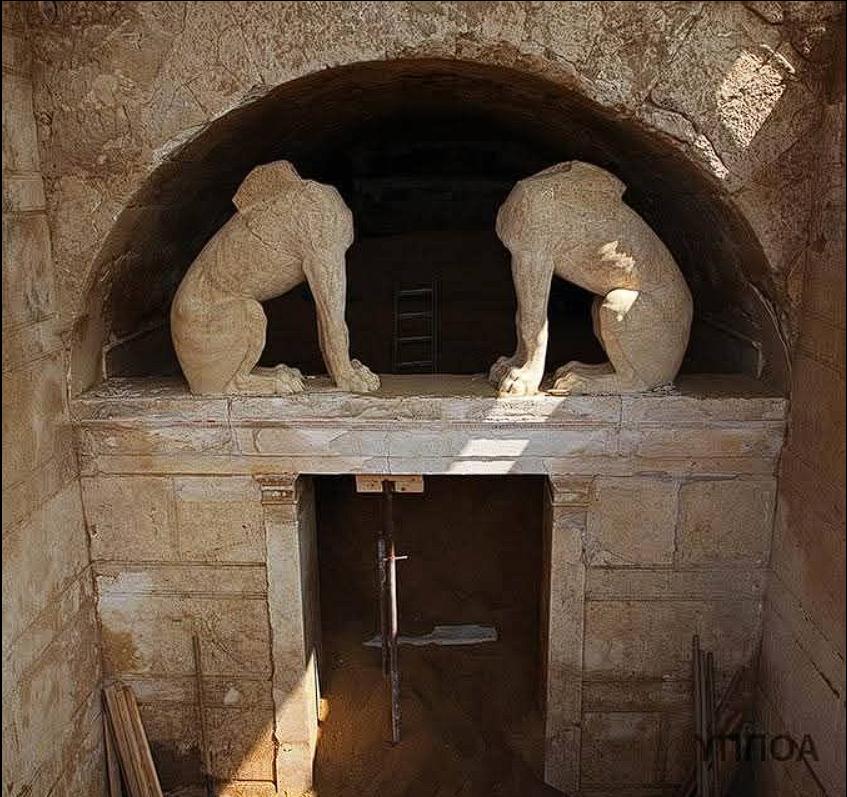The 2012 discovery of the Kasta Hill Tomb in Amphipolis has ignited intense debate and speculation, captivating archaeologists and historians worldwide. This monumental burial site, dating back to the 4th century BC, stands as Greece’s largest, adorned with striking sphinxes, intricate mosaics, and a colossal lion, all pointing to a figure of extraordinary significance.
Unraveling the Mystery: Potential Occupants:
The tomb’s grandeur and elaborate design strongly suggest a connection to Macedonian royalty or someone closely tied to Alexander the Great’s empire. Here are the leading theories:
- A Prominent General of Alexander the Great:
- Alexander’s vast empire was built upon the loyalty and prowess of his generals.
- Given Amphipolis’s strategic importance, it’s plausible that a high-ranking general was laid to rest here.
- The sheer scale of the tomb would reflect the immense status of such a figure.
- A Member of the Macedonian Royal Family:
- The tomb’s opulence aligns with the burial practices of royalty.
- It could be the resting place of a relative of Alexander or a member of the Macedonian ruling dynasty.
- Royal burials often featured elaborate decorations and symbolic imagery.
- A Powerful Successor (Diadochi):
- Following Alexander’s death, his empire was divided among his generals, the Diadochi.
- One of these powerful successors, who controlled the region, might have commissioned the tomb.
- These successors had the resources to create such monumental tombs.
Deciphering the Clues: Tomb Features and Their Significance:
- Monumental Scale:
- The tomb’s sheer size testifies to the immense wealth and power of its occupant.
- It indicates a figure who held significant political or military influence.
- Artistic Mastery:
- The intricate mosaics and sculptures showcase the advanced artistry of the Hellenistic period.
- This suggests a patron who valued artistic expression and sought to create a lasting legacy.
- Symbolic Imagery:
- The sphinxes and lion represent power, protection, and royal authority.
- These symbols reinforce the tomb’s association with high-ranking individuals.
The Enduring Question: A Lost Figure of History?
The identity of the Kasta Hill Tomb’s occupant remains a tantalizing mystery. The possibility that it holds the remains of a “lost figure” from history is both exciting and profound. Ongoing archaeological research and analysis are crucial to unlocking the secrets of this remarkable site.
This discovery underscores the enduring power of archaeology to illuminate the past and challenge our understanding of ancient civilizations.

CÁC TIN KHÁC
Mary Walton: The Forgotten Inventor Who Helped Clean Up America’s Cities
Tomb of Queen Nefertari in the Valley of the Queens, Egypt
Discover the Hypostyle Hall of the Temple of Hathor at Dendera
Venus de Losange: Unveiling the Mystery of a 20,000-Year-Old Paleolithic Icon